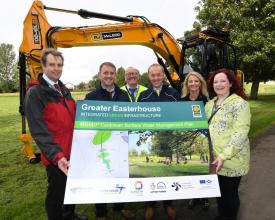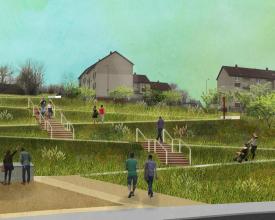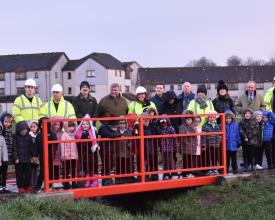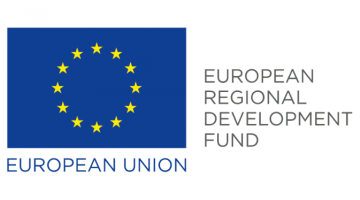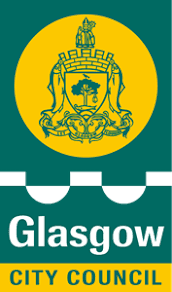
The Greater Easterhouse Integrated Green Infrastructure Project
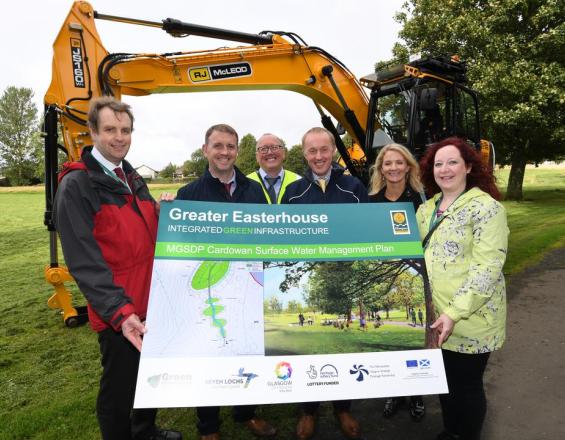
The Greater Easterhouse Green Infrastructure Project, funded by the Glasgow City Region City Deal and the GI Fund, worked to increase and enhance green spaces by introducing surface water management features that will reduce the risks and impacts of flooding as well as introducing a mix of habitats including wildflower meadows, wetlands, woodlands and grasslands.
The project improved open spaces through an integrated green and blue network in two focus areas – Cranhill/Ruchazie and Blairtummock, which together create a green finger connecting to the 7 Lochs Wetland Area. The project transformed some 29 ha within an area that has been identified as one of Scotland’s most socially and economically deprived communities.
Impacts
The project provides a high quality green/blue route and links Easterhouse Train Station to the town centre and connects to the new visitor centre of the 7-Loch’s Wetland Park. By delivering the GI features it allows the area to publicise itself as a high quality, green/sustainable neighbourhood. The project daylights two streams, improving biodiversity, and enabling stormwater retention basins, which are predicted to remove the flood risk to homes, and the nearby M8 - Scotland’s busiest road.
By providing habitat improvements for biodiversity (including the burrowing water voles) the project helps unlock development sites which will support public/private investment into the area and create local employment opportunities (through employability/community benefit clauses).
In the Cranhill/Ruchazie Area, the green infrastructure improves attractiveness by addressing prominent vacant/derelict sites in the area which have a long term negative impact on the perception of the economic attractiveness to invest.
The improvements to the public open space provide opportunities for the local people to undertake volunteering and employability training, learning new environmental management/education skills. This will also help contribute to activities focused on helping local unemployed people find work.
Contact Elana Bader for more
